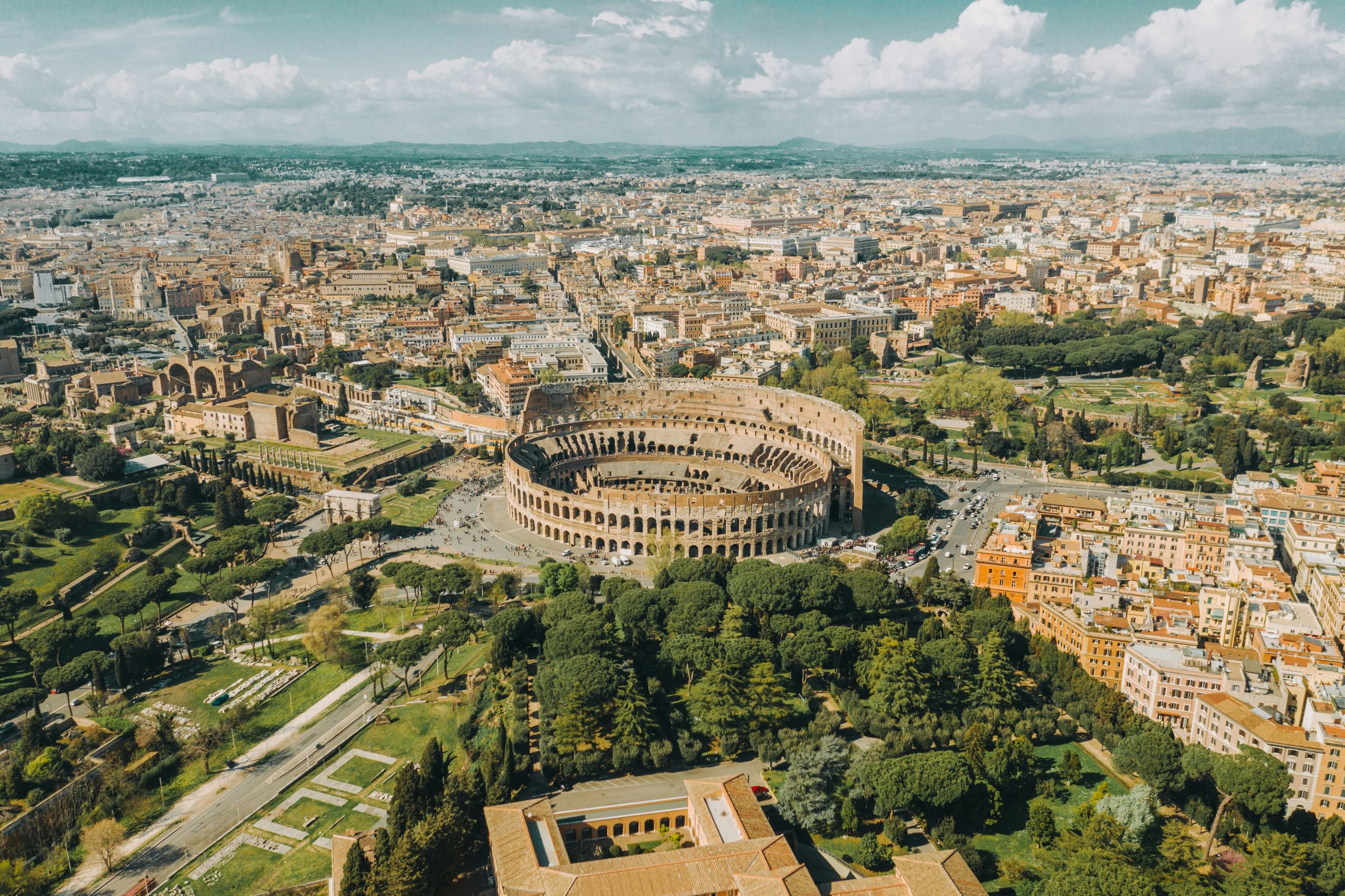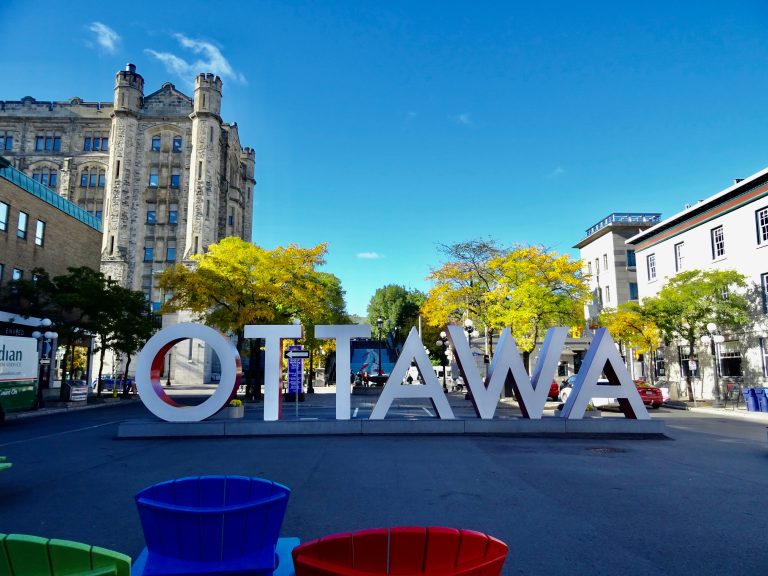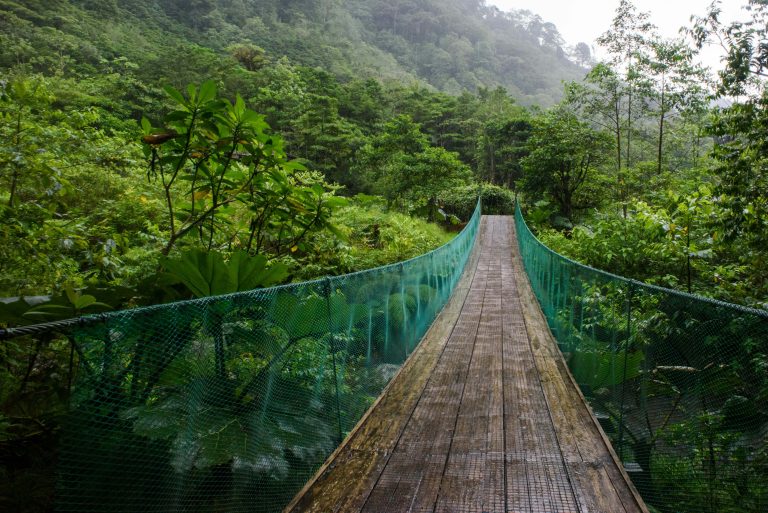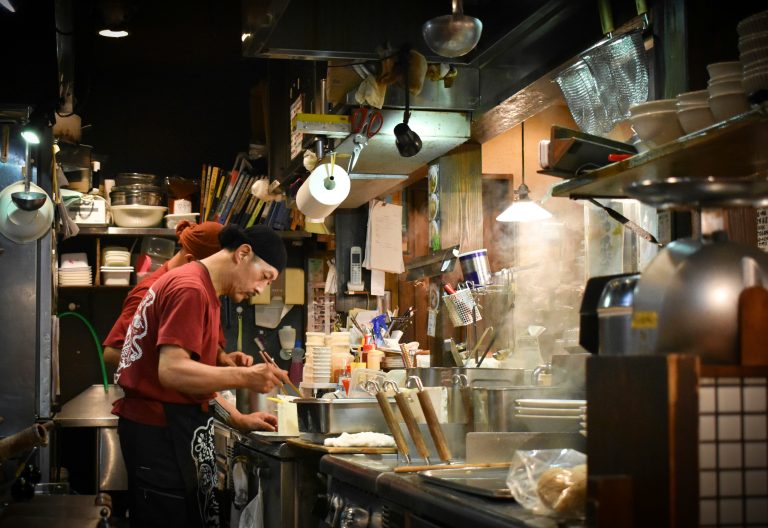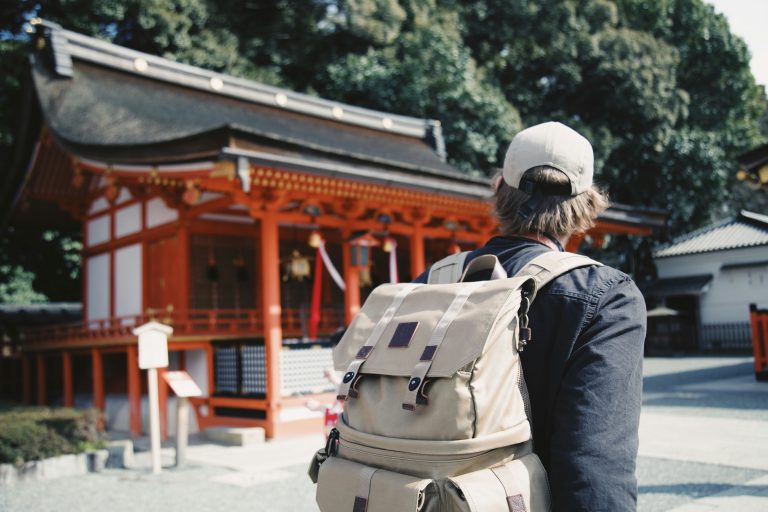What to See in Rome on a School Trip
A school trip to Rome is more than just travel, it's an immersive educational experience. The city is a living, breathing classroom where history isn’t confined to textbooks but carved into every wall, piazza, and cobblestone street. As you and your students explore the Eternal City, you’re not simply visiting monuments; you’re stepping into the very heart of Western civilization.
Ancient ruins stand beside Renaissance masterpieces, while modern life moves through roads once walked by emperors and poets. A thoughtfully planned walking tour can transform your curriculum into something tangible. Picture your students in the Roman Forum, bringing ancient politics to life; studying the Pantheon’s perfect dome through the lens of art or STEM; or analyzing the Trevi Fountain as part of a discussion in literature or film studies.
Whether you're teaching history, geography, classical studies, language, art, or philosophy, a school trip to Rome offers a rich and engaging backdrop. And while a few hours on foot may seem simple, the academic and personal connections your students will make are meaningful, memorable, and lasting.
1. Piazza del Popolo
Start at this central, grand square, an ideal meeting place with its Egyptian obelisk and twin churches. It also offers a gentle introduction to Rome’s urban planning and Baroque style. Nearby, Villa Borghese Garden and Terrazza del Pincio offer panoramic views and green space for a quick geography or art break.
2. Piazza di Spagna & the Spanish Steps
A short walk brings students to the iconic Spanish Steps and Trinità dei Monti church. This is a great stop to talk about social spaces in urban design and Baroque architecture. Encourage students to look at the stonework and discuss building techniques of 17th-century Rome.
3. Fontana di Trevi & Piazza Colonna
Continue to the Trevi Fountain, an opportunity to discuss Roman hydraulic engineering and its cultural role in film and literature. Nearby Piazza Colonna features Marcus Aurelius’s Column, perfect for lessons in Roman power and symbolism.

4. Chiesa di Sant’Ignazio di Loyola
This church offers a spectacular trompe-l'œil dome, an optical illusion that teaches architectural tricks and Baroque perspectives. It's a thoughtful chance to explain how architecture can guide spiritual experience and visual storytelling.
5. Monument to Victor Emmanuel II & Santa Maria in Aracoeli
A fifteen-minute walk leads to the grand national monument. Use it to discuss Italy’s unification and modern nationalism. Nearby, the Basilica of Santa Maria in Aracoeli, built atop ancient foundations, opens conversation about historical layers and religious continuity.
6. Roman Forum, Colosseum & Circus Maximus
From the monument, walk to the ancient heart of Rome. Students can see the Forum ruins and the Colosseum, great for lessons in Roman civic life, architecture, engineering, and public spectacle. From Circus Maximus they can grasp ancient sports and urban scale.
7. Largo di Torre Argentina & the Pantheon
Next, head to the sacred area known for Julius Caesar’s assassination and the city’s feral cat sanctuary, an engaging blend of ancient history and modern Rome. Close by, the Pantheon’s dome and oculus spark discussions about Roman engineering, religious transformation, and civic architecture.

8. Piazza Navona, Lunch & Gelato Break
Piazza Navona offers Baroque fountains and a vibrant urban classroom. Stop nearby for gelato; use it to discuss regional cuisine, tourism’s economic impact, or even taste-testing Latin/Italian language with flavors and ordering.
9. Castel Sant’Angelo & Vatican Viewpoint (Optional Extension)
If time allows, cross the Tiber via Ponte Sant’Angelo to Castel Sant’Angelo. Continue to the Vatican area for an optional discussion on religious influence, papal history, civic identity, and Renaissance art.
Tips for Teachers
- Advance Booking: Book tickets for the Colosseum or Vatican ahead to ensure access for your group.
- Localized Guides: Consider hiring an educational guide who specializes in school tours, they often cater to curriculum needs and class questions.
- Mix It Up: Combine the tour with sketches, journaling, or scavenger hunts to keep students engaged.
- Breaks Matter: Schedule short pauses, Rome involves a lot of walking, and frequent stops help rest feet and absorb learning.
- Local Context: Encourage students to notice modern Romans using these spaces today - street cafés, worship, public gatherings - to link past and present.
Teachers planning a school trip to Rome can adjust this walking tour to fit their academic goals, class age, and pace. You'll cover key historical sites, architectural marvels, and civic spaces, all while giving students a chance to ask questions, engage with their surroundings, and connect past to present.
Let Evolve Tours take care of the logistics so your students can focus on learning, exploring, and making memories that last a lifetime.
📞 Let’s Start Planning
Email: info@evolvetours.com
Phone: 1-888-222-5066
Website: www.evolvetours.com
